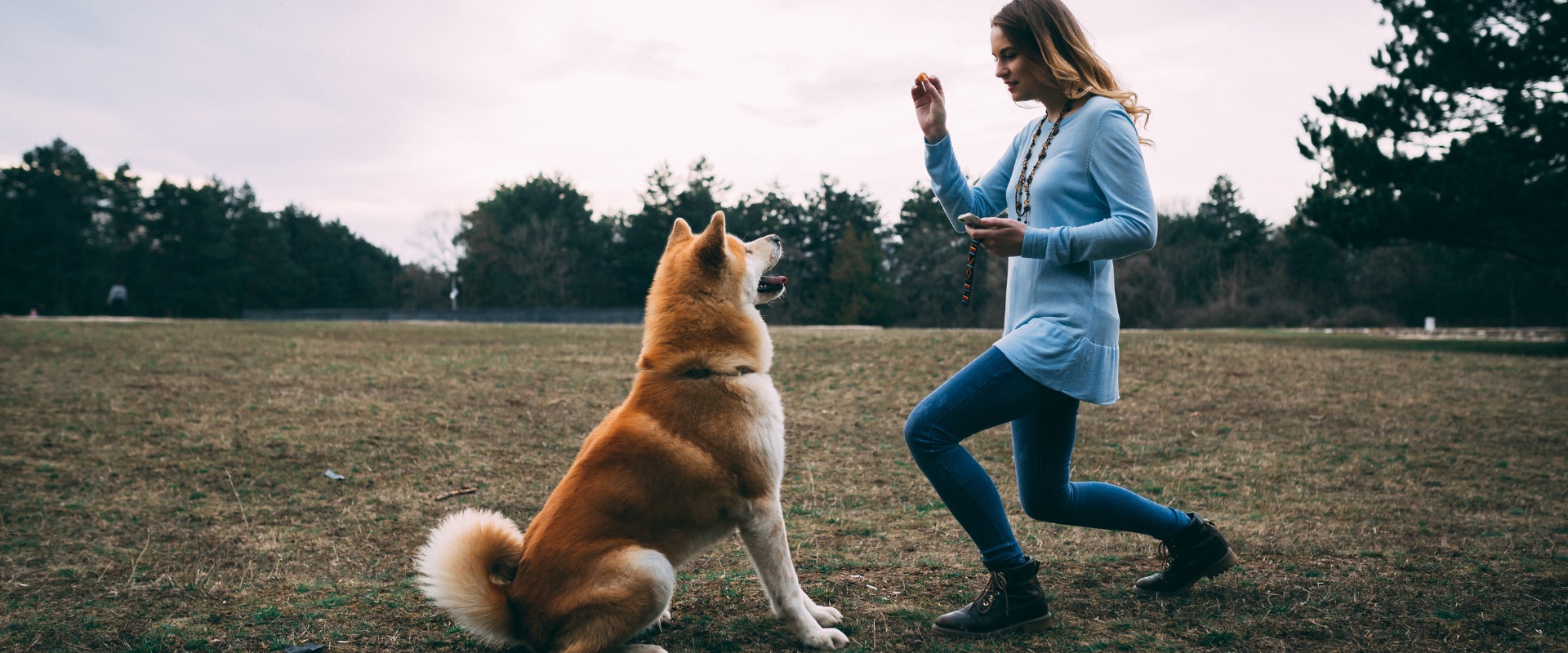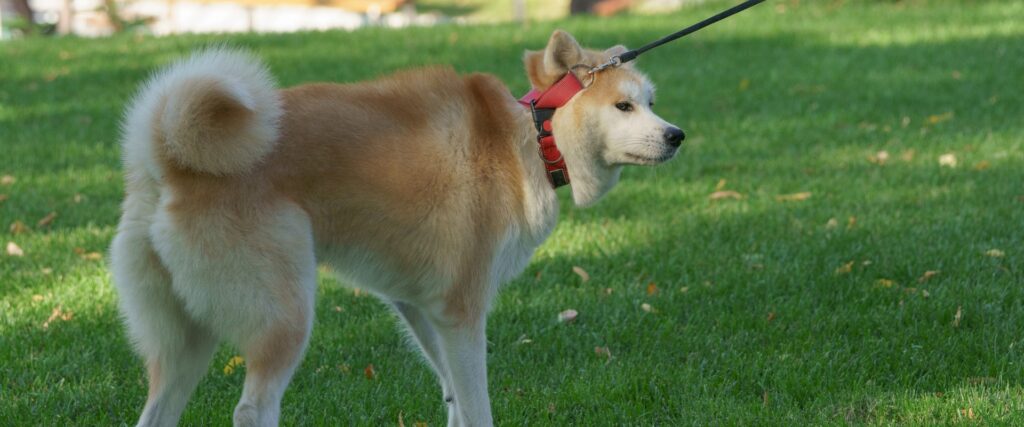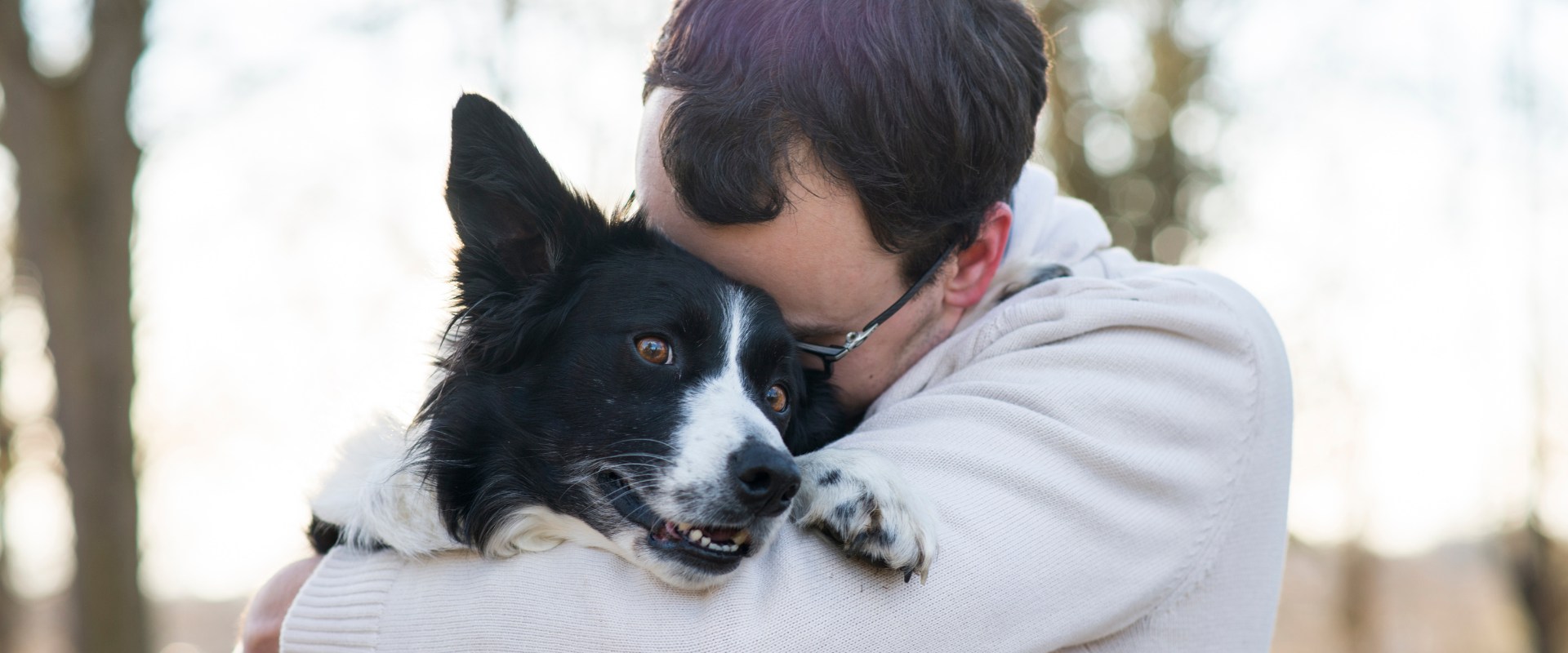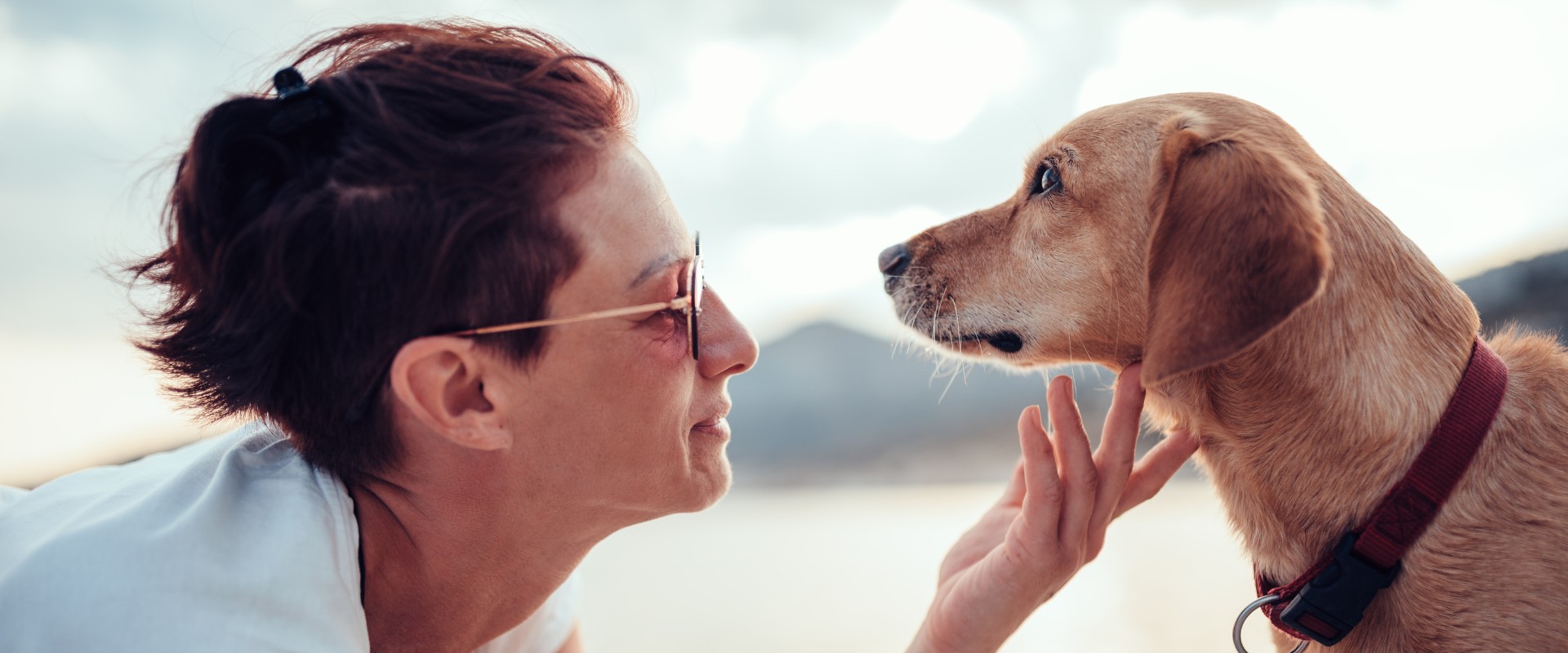The Akita is a large, powerful dog breed originating from the mountainous regions of northern Japan. Renowned for their dignity, courage, and loyalty, they have been cherished companions and working dogs for centuries.
History and Breed Traits:
✥ Appearance: Akitas are large, muscular dogs with a thick double coat that can be red, brindle, black, or white. They have a broad head, erect ears, and a curled tail carried over their back.
✥ Temperament: Akitas are known for their independent and dominant personalities. They are deeply loyal and affectionate with their family but can be aloof with strangers. Early socialization and training are essential to ensure they are well-adjusted and friendly.
✥ History: The Akita has a long history in Japan, dating back to the 17th century. They were originally used for hunting game such as bears, boar, and deer. In the 20th century, they became popular as guard dogs and family companions.
✥ Lifespan: Akitas typically live for 10-12 years.
Owning an Akita:
〉 Activity Level: Akitas require moderate exercise, such as a brisk walk or jog for at least 30 minutes daily. They also need access to a fenced-in yard to run and play.
〉 Grooming: Their thick double coat requires regular brushing to remove loose fur and prevent matting. They shed heavily twice a year.
〉 Training: Akitas are intelligent and eager to please, but they can be stubborn and independent. Consistent and positive reinforcement training is essential.
〉 Health: Akitas are generally healthy, but they are prone to some health conditions such as hip dysplasia, elbow dysplasia, and hypothyroidism.
Fun Facts:
✱Akitas are the national dog of Japan.
✱ They are also known as the “Japanese Bear Dog.”
✱ The world’s largest Akita was a male named “Yamato,” who weighed 289 pounds.
✱ Akitas are featured in the popular film “Hachi: A Dog’s Tale.”

How to train an akita?
Training an Akita requires patience, consistency, and a positive reinforcement approach.
Here are some tips:
- Start early: Begin training your Akita puppy as soon as you bring them home.
- Be consistent: Use the same commands and cues each time you train your Akita.
- Keep it positive: Reward good behavior with treats, praise, and attention. Avoid punishment, as it can damage the trust between you and your Akita.
- Short and sweet: Akitas have a short attention span, so keep training sessions short and fun.
- Socialize your Akita: Introduce your Akita to other people, animals, and environments from a young age. This will help them develop into well-rounded and confident dogs.
Basic Commands:
✪ Sit: Hold a treat above your Akita’s head and slowly move it back over their head. As they follow the treat with their nose, their rear end will naturally lower into a sitting position. Say “Yes!” and give them the treat.
✪ Down: Hold a treat in your closed fist and slowly move it down towards the ground. As your Akita follows the treat with their nose, their body will naturally lower into a down position. Say “Yes!” and give them the treat.
✪ Stay: Ask your Akita to sit or lie down, then hold your hand up in a “stop” sign and say “Stay.” Take a few steps back, and if they stay, say “Yes!” and give them a treat. Gradually increase the distance and duration of the stay command.
✪ Come: Get your Akita’s attention, then say “Come” in an excited voice. Run backwards a few steps, and encourage them to follow you. When they reach you, say “Yes!” and give them a treat.

How to train an akita to not be aggressive
Training an Akita to not be aggressive requires a multifaceted approach that combines positive reinforcement, socialization, and desensitization. It’s important to start early and be consistent throughout the training process. Here are some key steps:
Positive Reinforcement:
- Reward calm and submissive behavior with treats, praise, and attention. This will help your Akita associate these behaviors with positive outcomes and encourage them to repeat them.
- Use clicker training to mark the exact moment your Akita performs the desired behavior, allowing for more precise timing of rewards and faster learning.
- Avoid punishment as it can damage the trust between you and your Akita and increase anxiety, potentially leading to aggression.
Socialization:
- Introduce your Akita to different people, animals, and environments from a young age. This will help them become accustomed to various situations and stimuli, reducing their fear and reactivity.
- Enroll in puppy socialization classes where your Akita can interact with other puppies in a controlled environment.
- Take your Akita on regular walks and outings to expose them to different sights and sounds.
Desensitization:
- Gradually expose your Akita to triggers that provoke aggression, starting at a low intensity and slowly increasing the intensity over time.
- Use positive reinforcement to counter-condition your Akita’s negative response to these triggers. For example, if your Akita lunges at other dogs, you can reward them for remaining calm and focused on you in the presence of another dog.
- Work with a certified dog trainer or behaviorist who can help you develop a customized desensitization plan and provide guidance throughout the process.
It’s crucial to note that some Akitas may have inherent aggressive tendencies due to genetics or past experiences. In such cases, seeking professional help from a qualified dog trainer or behaviorist is essential. They can assess your specific situation and develop a tailored training plan to help manage your Akita’s aggression and ensure the safety and well-being of both you and your dog.
Remember, with patience, positive reinforcement, and the right training approach, you can help your Akita overcome aggression and become a well-adjusted and loving companion.



